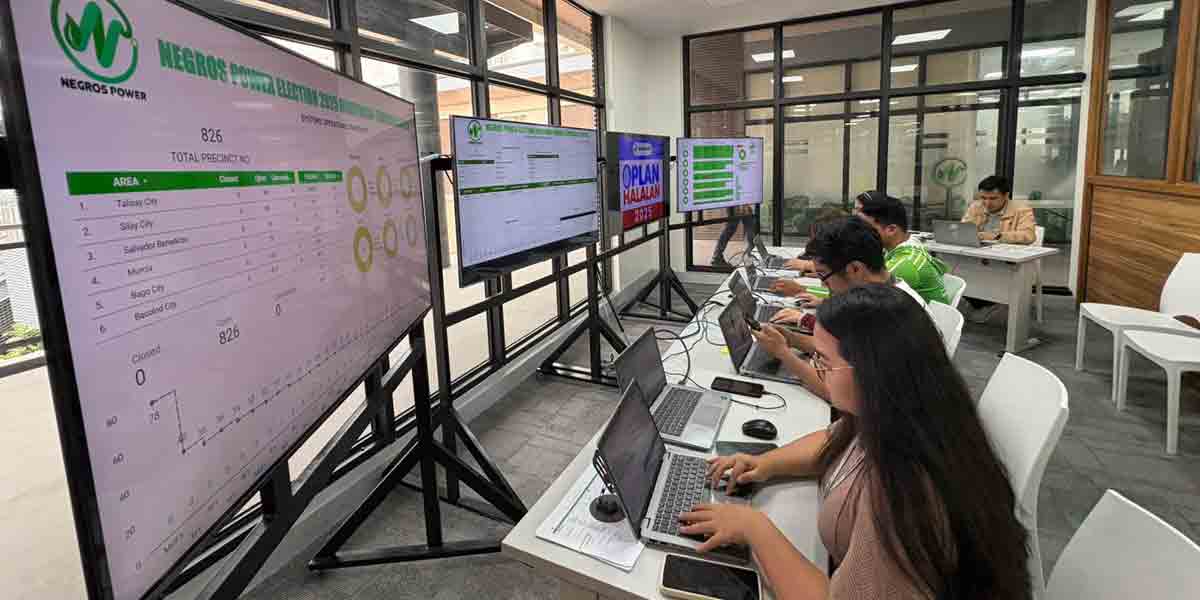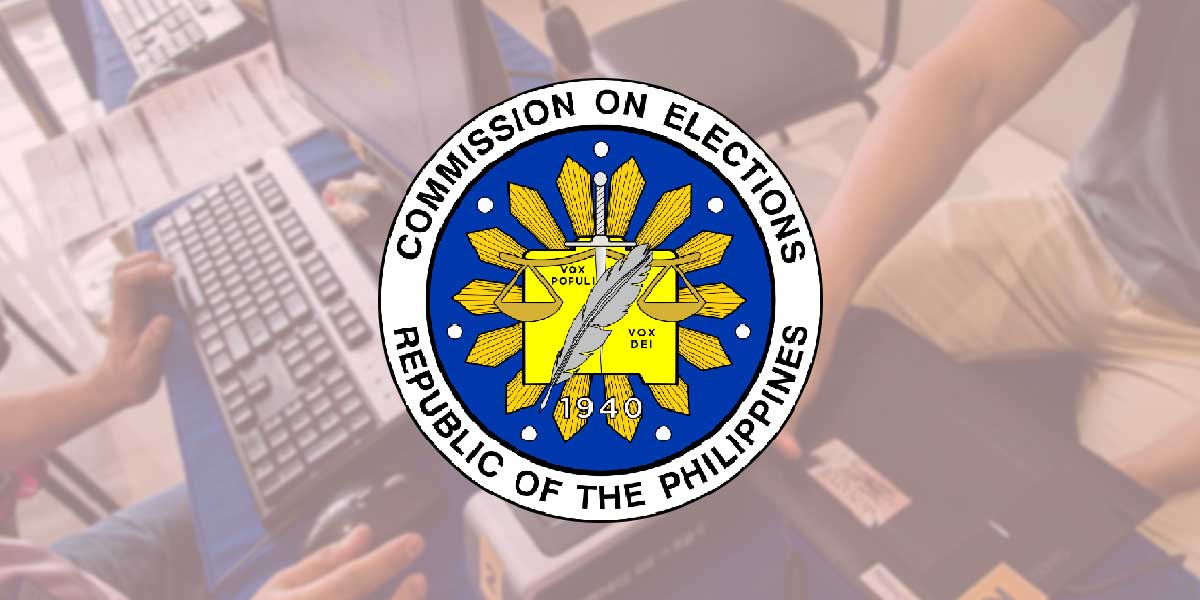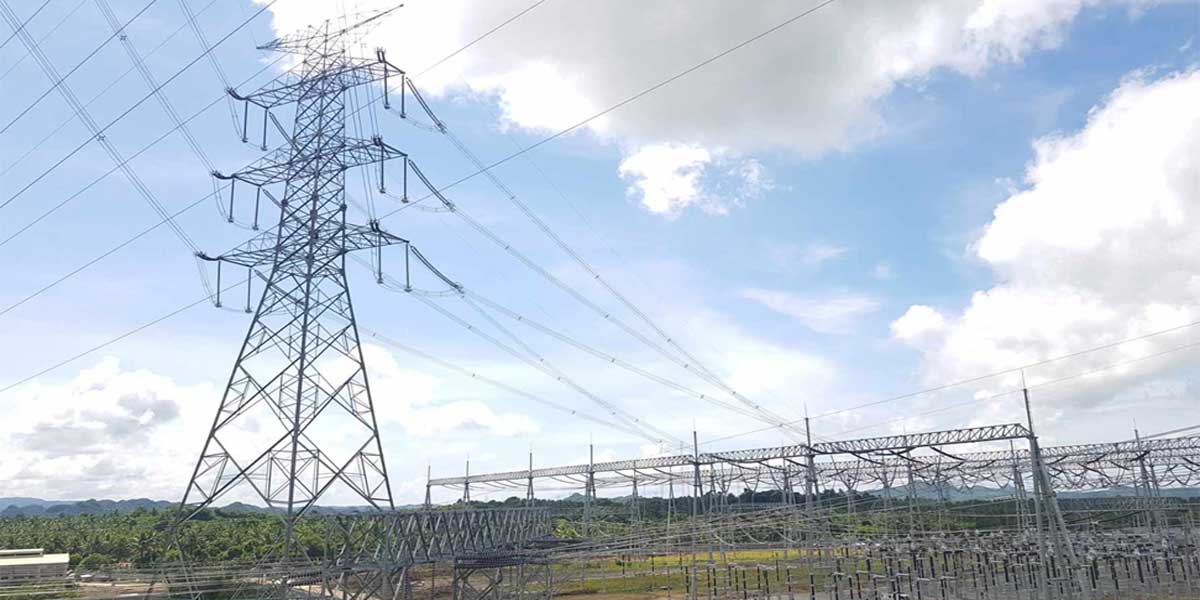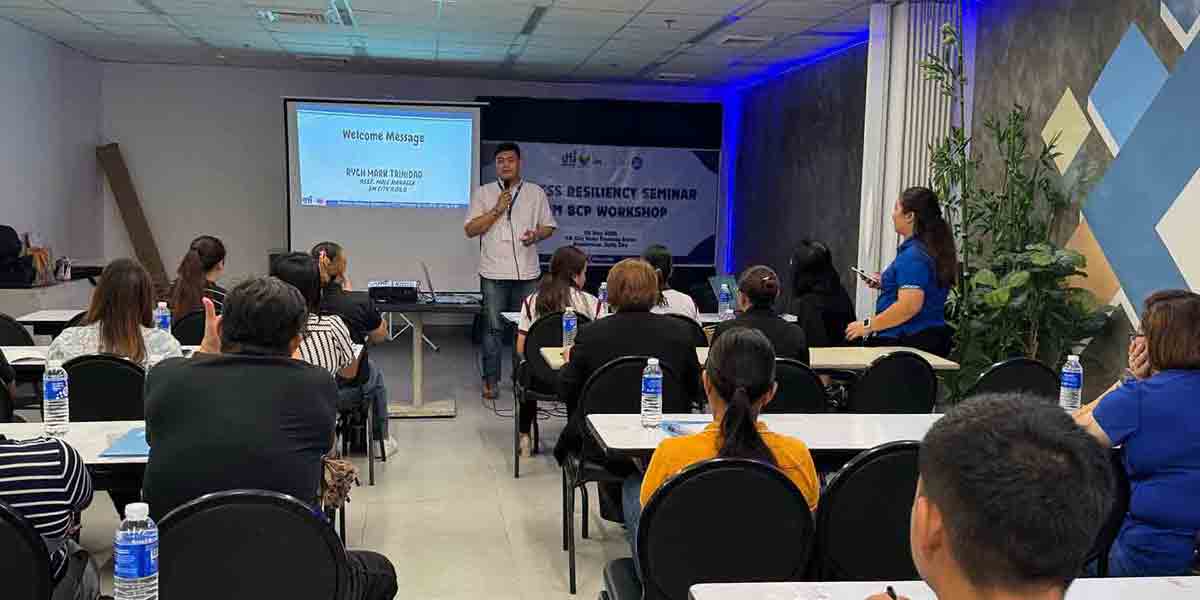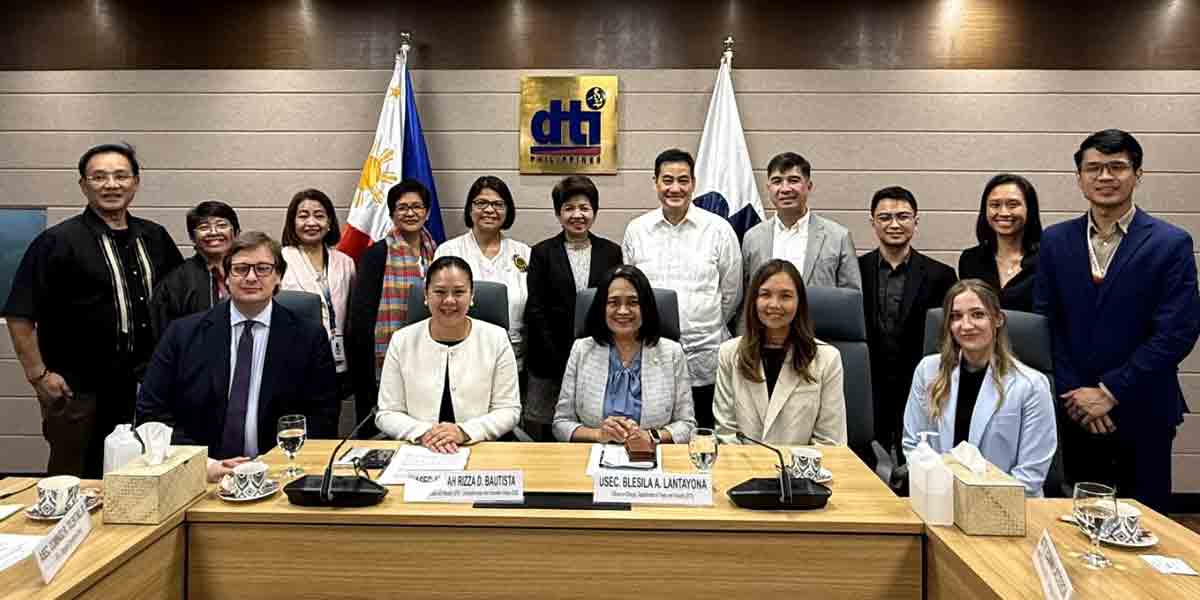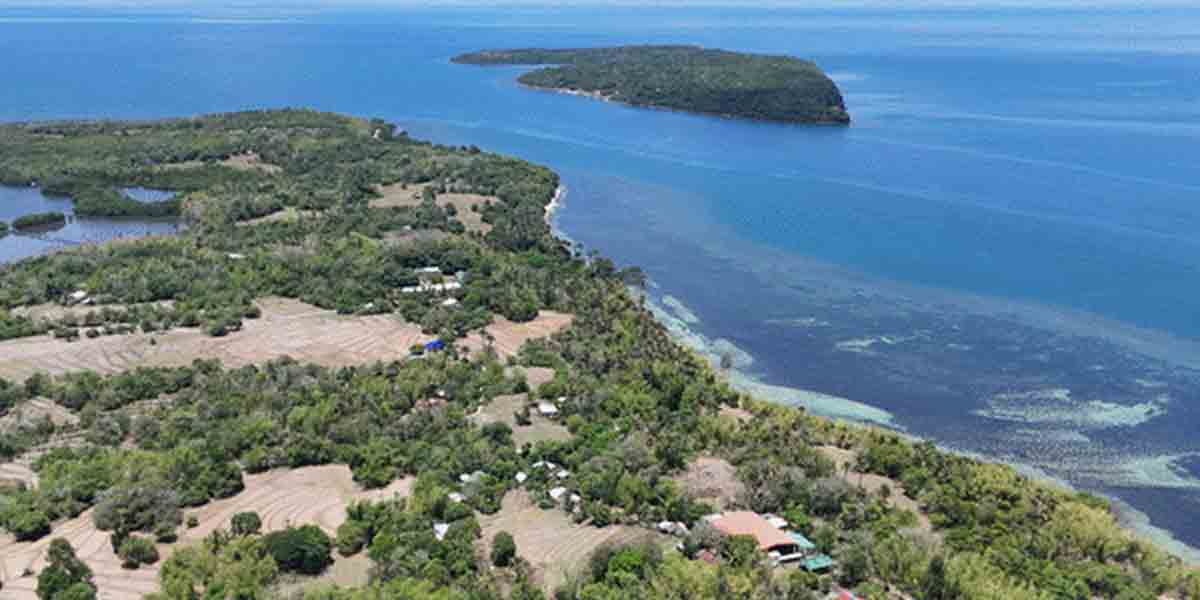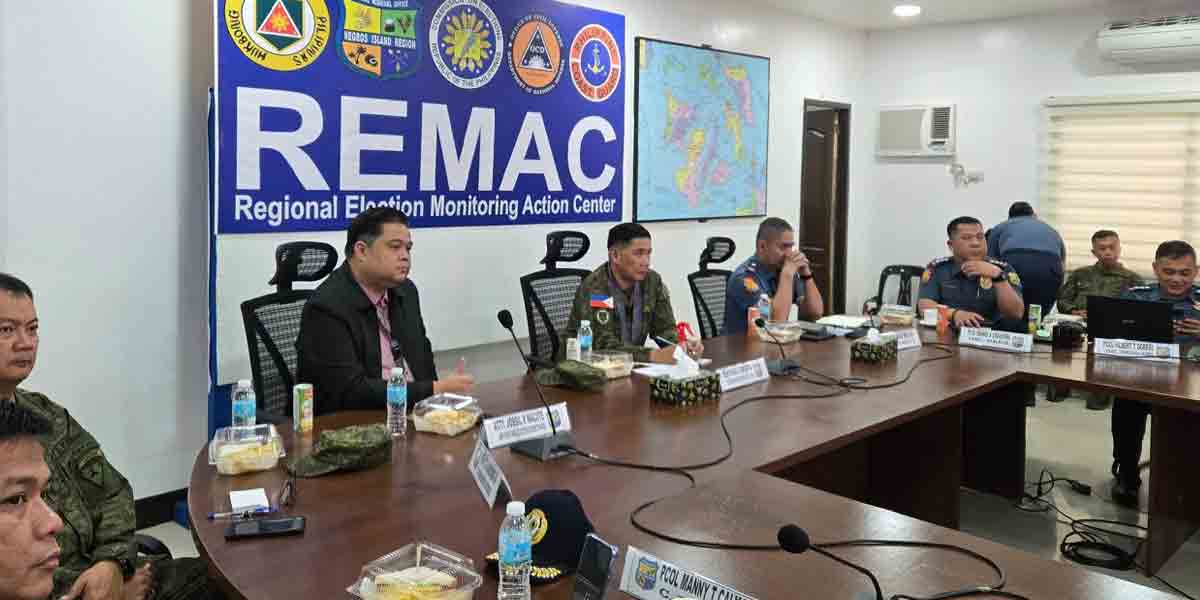The ongoing saga of the Aganan flyover in Pavia, Iloilo, has taken another twist with the Department of Public Works and Highways Western Visayas (DPWH-6) announcing the engagement of a third-party consultant to conduct a thorough assessment and detailed engineering design (DED).
The intervention, while necessary, highlights the glaring transparency failures and lapses in planning by the DPWH and associated officials responsible for the P802-million project.
This additional expenditure for the taxpayers, borne out of necessity due to conflicting soil test results between DPWH-6 and United Technology Consolidated Partnership (UTCP), highlights a glaring lapse in initial oversight.
The discrepancy in the required depth for the flyover’s pillars—from UTCP’s 24 meters to DPWH-6’s 54 meters—should have been detected and resolved during the initial design phase. The fact that such a significant issue went unnoticed speaks volumes about the lack of thorough vetting and cross-verification of engineering data.
International Builders Corp., the experienced contractor responsible for the construction, also bears a share of the responsibility. It is incredulous to think that a company of its caliber would not have detected possible design flaws during the bidding process. This raises further concerns about the due diligence performed by all parties involved.
United Technology Consolidated Partnership, the consulting firm responsible for the design of the Aganan flyover, has remained conspicuously silent amid these complications.
Their absence is even more concerning considering their role in the problematic Ungka flyover project, which shares similar issues.
The DPWH must expedite the review process and ensure that the flyover project is completed swiftly if the third-party consultant’s findings support continuation.
However, transparency and accountability must be at the forefront of this process. The public deserves to know the specifics of what went wrong, the measures taken to correct these issues, and the steps being implemented to prevent future occurrences.
The primary goal should be public convenience and safety, which can only be achieved through diligent oversight and transparent operations.
While the involvement of a third-party consultant is a step in the right direction, it is a band-aid solution to a systemic problem.
The DPWH and associated parties must learn from these setbacks to avoid repeating such costly mistakes in future endeavors.
The road to completion must be clear, accountable, and focused on delivering safe and efficient infrastructure for the people.
Only then can we ensure that public infrastructure projects like the Aganan flyover serve their intended purpose efficiently and safely.

